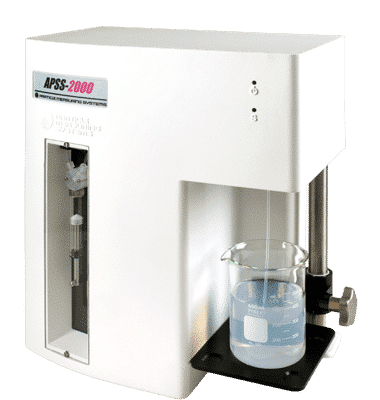USP 1788 2022 Revision Overview FAQ
In May 2021, a revision to USP 1788 Methods for Determination of Subvisible Particulate Matter was published in order to provide clarification and support of the information given in chapters USP <788> Particulate Matter in Injections, USP <789> Particulate Matter in Ophthalmic Solutions, and USP <787> Sub-visible Particulate Matter in Therapeutic Protein Injections. While the previous version of USP <1788> only covered the testing requirements for Optical Light Obscuration testing and Microscope testing, the revision expands the scope of testing requirements to include newly viable technologies such as Flow Imaging and new therapeutic protein solutions. Particle Measuring Systems’(PMS) APSS-2000 testing system still fully complies with the requirements for use in the testing of solutions in the Normative Chapters and revised General Chapters.
In light of these revisions, Particle Measuring Systems is sharing some insight about the requirements and discussing how this may affect the APSS-2000 testing system. PMS has provided a Methods Review of the USP <1788> Revisions. PMS also has an on-demand webinar that discusses meeting the USP <729>, USP <788>, and USP <1788> regulatory requirements and an article comparing USP <788> and USP <1788>.
This FAQ paper is a follow up to the webinar, “USP 1788 2022 Revision Overview” presented by Mark Hallworth and Rick Duskey that looks at the holistic view of finished product contaminants, and how they should be investigated. Many thoughtful questions were asked about the USP <1788> revision and troubleshooting the APSS-2000 system. Questions submitted during and after the webinar are answered by Mark Hallworth, below. If you have any additional queries for our experts, submit them directly here.

